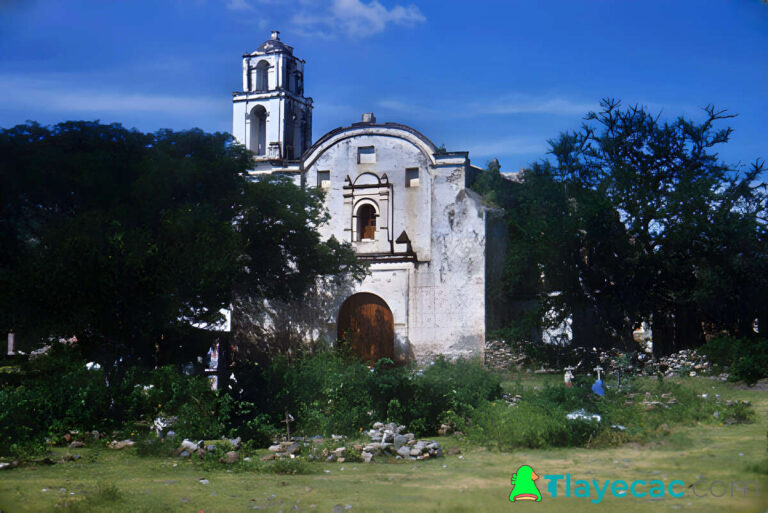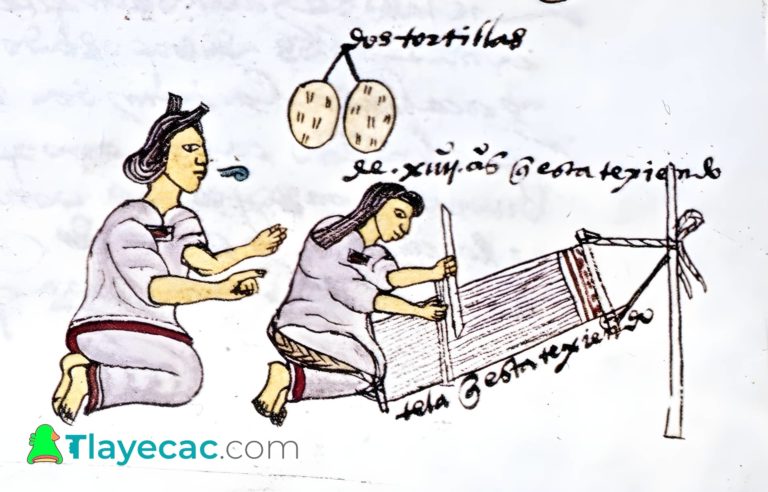Tlayecac, like many cities and towns in Mexico, owes its name to the Nahuatl or Mexican language and has its origins long before the arrival of the fierce Spanish.
The names of places in Nahuatl were given mainly by some particular characteristic that defined these places, such as the absence or abundance of a natural resource, a geographical feature, the production of a special good, among others. Likewise, many of the words in Nahuatl are the products of two or more words that together give the desired meaning. In the case of the word “Tlayecac” or “Tlayacac” there are several approximations.
According to the Geographical Nomenclature of Mexico (Peñafiel, Antonio, 1897)
Tlayecac. Tlayeca-tepec, Tla-yaca-c, Mexican voices; in the first hill: derived from tla, indefinite relative pronoun used for things, yacatl, nose and the ending of place c, or tepec.
Tlayacatli, first thing or front; tlayacatiti-ca, the first of those who are in order to be seated; tlayacatiticac, the first of those who are in order to stand.
Tlayacac is simply an abbreviation of those words to indicate that the place was at the beginning of a mountain range.
For its part in Names geographical indigenous state of Morelos (Cecilio A. Robelo, 1897):
Tlayacac. It is composed of tlayacatic, first thing or front, and of c, in; and it means “In the front”.
Mr. Estrada says that the name Tlayecac is composed of tlalli, earth and yecatl, air; and that it means: “Earth from the air.”
The proper name for “air” in Mexican is ehecatl, so if the name in question had the meaning, which Mr. Estrada attributes to it, its structure would be: Ehecatlalco or Ehecatlalpan.
As you will have noticed, so far this pair of definitions do not have strong elements of a specific feature present in Tlayecac. Finally, the Dictionary of the Classical Nahuatl Language (Dictionnaire de la langue nahuatl classique) says:
Tlayacac. Hill with a Yaca-tl nose, on its right side.

This last definition, as well as its graphic representation, already has that distinctive element or feature. A hill with a “nose”, which corresponds perfectly with the hill of Tlayecac (el cerro de Tlayecac) and the rocky prominence on its right, known locally as “las peñas”.
From this concordance, it can be intuited that this was the characteristic that gave name to the now town of Tlayecac. And that the original word was actually: Tlayacac.
It should be noted that the traditional translation of Tlayecac is “Nariz de tepetate”, which although it agrees with the translation of hill with a nose, is less simple to interpret.



